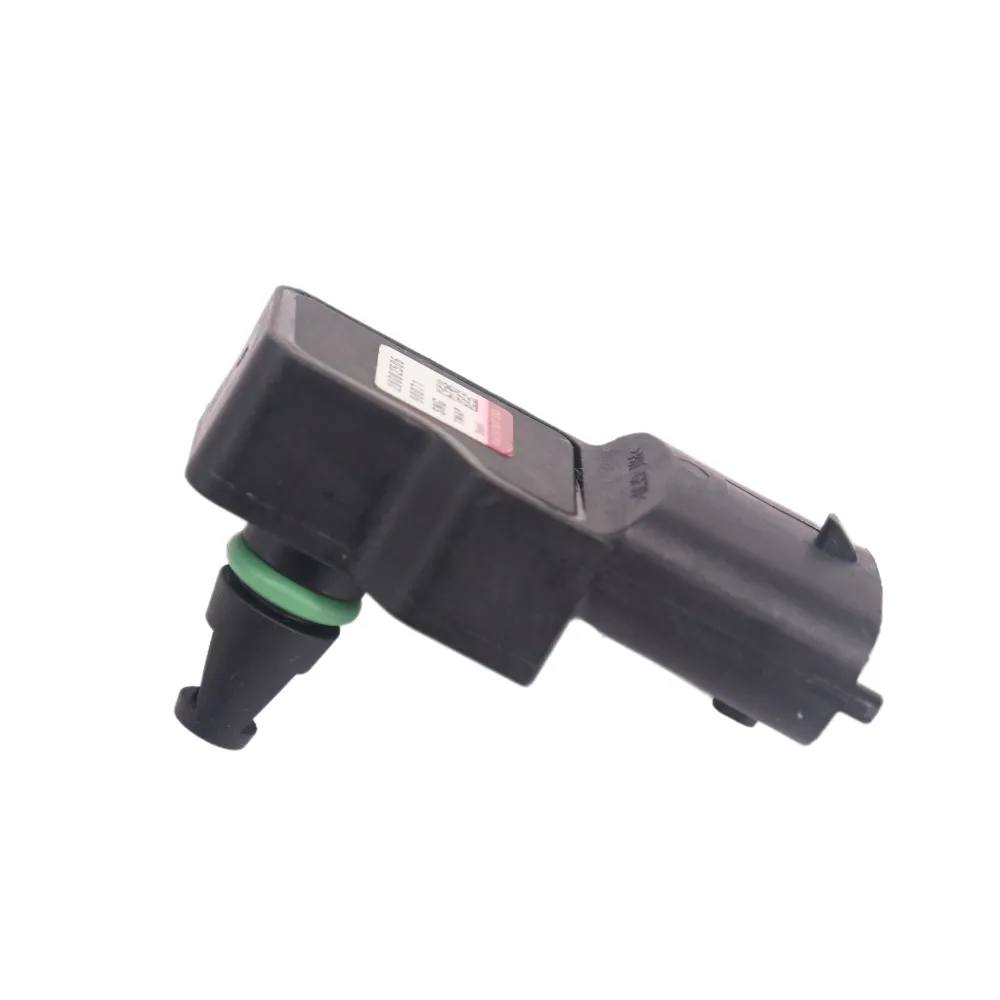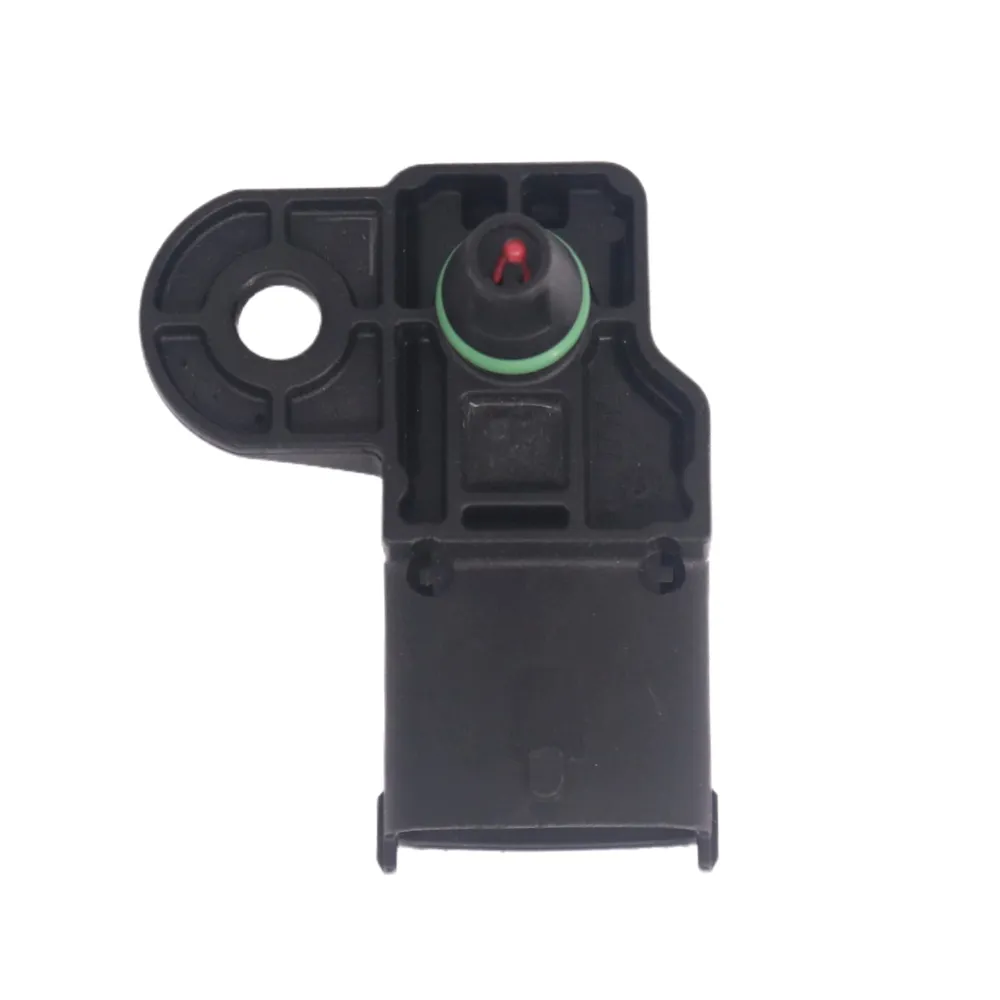Understanding MAP Sensors: The Key to Enhanced Motorcycle Performance
For motorcycle enthusiasts seeking the perfect balance between power and efficiency, the MAP sensor (Manifold Absolute Pressure sensor) stands as a crucial component in modern fuel injection systems. This sophisticated device continuously monitors engine load and atmospheric conditions, enabling precise fuel delivery and optimal performance. By mastering the functionality and optimization of your MAP sensor motorcycle setup, you can unlock significant improvements in both acceleration and fuel economy.
The relationship between your motorcycle's MAP sensor and engine performance is intricate yet fundamental. As your engine operates under various conditions, from idle to full throttle, the MAP sensor provides vital data to the Engine Control Unit (ECU), allowing for real-time adjustments to fuel mixture and ignition timing. This constant communication ensures your motorcycle delivers power when needed while maintaining efficiency during regular operation.
Core Components and Function of MAP Sensor Systems
Essential MAP Sensor Components
The MAP sensor system consists of several interconnected parts working in harmony. At its heart lies the pressure-sensitive element, typically a silicon chip that flexes with pressure changes in the intake manifold. This mechanical movement is converted into electrical signals through a piezoelectric effect. Supporting components include the sensor housing, electrical connectors, and vacuum lines that connect to the intake manifold.
Quality of components plays a crucial role in sensor accuracy. Premium MAP sensors utilize high-grade materials that resist temperature fluctuations and maintain calibration over extended periods. The vacuum lines must remain free from cracks or blockages to ensure accurate pressure readings reach the sensor.
Signal Processing and ECU Integration
Modern motorcycle ECUs process MAP sensor signals with sophisticated algorithms. These calculations factor in additional inputs such as throttle position, engine temperature, and ambient air conditions. The resulting data enables precise fuel injection timing and volume, optimizing the air-fuel mixture for current operating conditions.
The integration between MAP sensor and ECU represents a delicate balance. Too rich a mixture wastes fuel and can foul spark plugs, while too lean a mixture risks engine damage and poor performance. Proper calibration ensures your motorcycle maintains this balance across its entire operating range.

Optimization Techniques for Enhanced Performance
Calibration and Tuning Procedures
Professional calibration begins with verifying sensor accuracy against known pressure references. This process requires specialized equipment and expertise to ensure readings align with manufacturer specifications. Many modern motorcycles allow fine-tuning through ECU mapping, where fuel delivery can be adjusted across the entire operating range.
Advanced tuning techniques include altitude compensation maps and temperature-based adjustments. These refinements help maintain optimal performance regardless of environmental conditions. Regular calibration checks, especially after modifications or repairs, ensure consistent performance and efficiency.
Maintenance and Cleaning Protocols
Maintaining MAP sensor accuracy requires regular inspection and cleaning of associated components. Vacuum lines should be checked for cracks, kinks, or contamination that could affect pressure readings. The sensor itself may accumulate debris over time, requiring careful cleaning with appropriate electronic-safe solvents.
Preventative maintenance includes inspecting electrical connections for corrosion and ensuring proper sealing of all vacuum fittings. Replacing worn components before failure prevents performance degradation and potential damage to other engine systems.
Performance Gains and Efficiency Improvements
Measurable Performance Benefits
Properly optimized MAP sensor systems can yield significant performance improvements. Riders often report smoother throttle response, particularly during transition phases between cruising and acceleration. Dyno testing frequently shows power gains of 3-5% across the rev range, with some installations achieving even greater improvements.
Acceleration benefits become most apparent in mid-range power delivery, where precise fueling allows for optimal combustion efficiency. This translates to more responsive passing power and better overall rideability in various conditions.
Fuel Economy Enhancements
Beyond performance gains, optimized MAP sensor operation contributes to improved fuel efficiency. Many riders report fuel consumption reductions of 5-10% under normal riding conditions. These savings result from more precise fuel delivery and better adaptation to varying load conditions.
Long-term efficiency benefits extend beyond fuel savings to include reduced engine wear and lower emissions. The optimization of air-fuel mixtures helps prevent carbon buildup and maintains cleaner combustion chambers over time.
Troubleshooting and Common Issues
Diagnostic Procedures
Identifying MAP sensor issues begins with understanding common symptoms. Poor idle quality, inconsistent power delivery, and increased fuel consumption often indicate sensor problems. Modern diagnostic tools can read real-time sensor data, comparing values against expected readings to pinpoint issues.
Professional diagnostic equipment can perform automated testing sequences, evaluating sensor response across the operating range. This systematic approach helps distinguish between sensor failures and related system issues that may present similar symptoms.
Resolution and Replacement Strategies
When problems are identified, a structured approach to resolution ensures optimal results. Simple issues may be resolved through cleaning or recalibration, while more serious problems require sensor replacement. Using quality replacement parts and following proper installation procedures prevents recurring issues.
During replacement, attention to detail in vacuum line routing and electrical connections is crucial. Post-installation testing should include verification of sensor readings and recalibration of fuel maps if necessary.
Frequently Asked Questions
How often should a MAP sensor be calibrated?
Professional calibration is recommended annually or every 12,000 miles, whichever comes first. However, more frequent checks may be necessary if you notice performance issues or have modified your motorcycle's engine.
Can weather conditions affect MAP sensor readings?
Yes, atmospheric pressure changes and extreme temperatures can influence MAP sensor readings. Quality sensors include compensation features, but significant altitude changes may require adjustment to maintain optimal performance.
What are the signs of a failing MAP sensor?
Common indicators include rough idle, poor fuel economy, hesitation during acceleration, and check engine lights. Regular monitoring of these symptoms helps identify potential issues before they become serious problems.
Is professional installation required for MAP sensor replacement?
While experienced mechanics can perform MAP sensor replacement, professional installation ensures proper calibration and integration with the ECU. This approach maximizes performance benefits and prevents potential complications.

